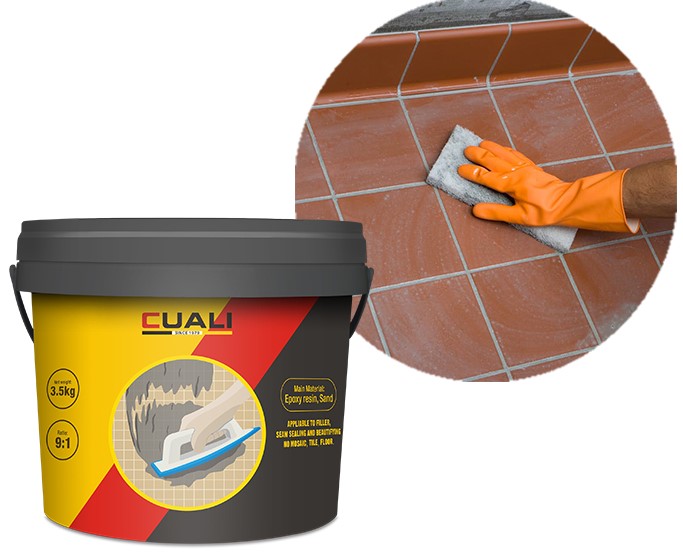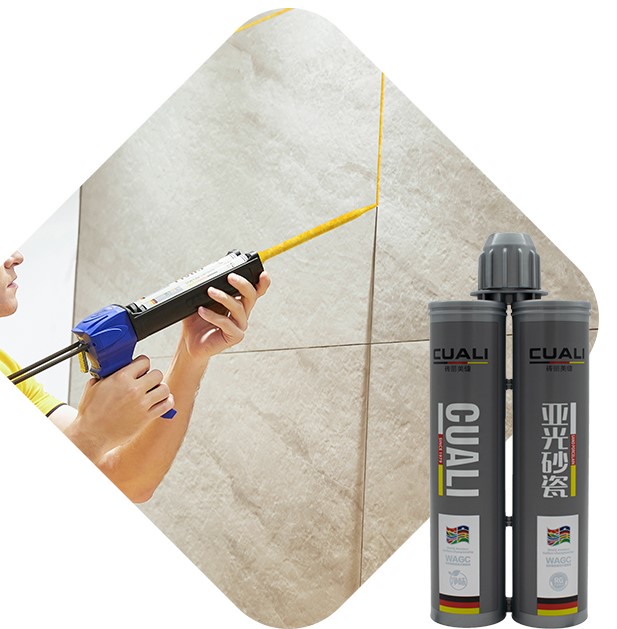Many people use the terms "caulk" and "sealant" interchangeably, because they have many similar functions. But there are key differences between these two products.
Uses
Both caulks and sealants are used to fill gaps or cracks between building materials.


Elasticity
The main difference between a caulk and a sealant is elasticity. Caulks are fairly rigid when dry, and are intended for use in areas with minimal expansion and contraction. Sealants are made from flexible material--most commonly silicone--making them ideal for areas prone to expansion and contraction.
Application
Caulks and sealants are usually applied in the same manner, with a caulking gun. For this reason, sealants are often referred to as "caulk."
Pros and Cons of Caulk
Acrylic caulks are paintable, and smears can be cleaned up with water. However, their limited elasticity makes them susceptible to cracking in areas that experience temperature swings. They also dry out over time.
Pros and Cons of Sealants
The flexibility of silicone sealants allows them to keep a watertight seal even in areas subject to wide temperature swings. They are not paintable, however, and smudges and spills must be cleaned up with a solvent, or scraped off after setting. Silicone sealants also give off powerful fumes when freshly applied.





